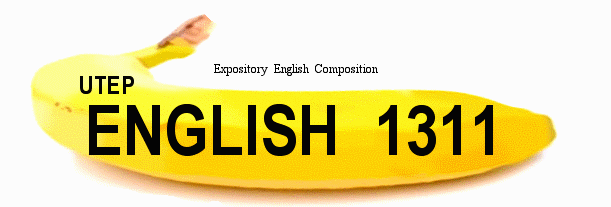Ways to Organize a Paper (Arrangements)
|
Organizing Strategy |
Explanation of the Strategy |
|
Chronological |
What happens first, what follows later. A narrative or story. |
|
Geographical |
Content of paper is organized place-by-place. |
|
Logical (Cause and Effect) |
Chains of reasoning. |
|
Evidentiary |
Facts, figures, trends and statistics (evidence), starting with the most important, crediting all sources. |
|
Listing |
Lists of items (e.g. Seven ways to write better essays).. |
|
Description |
A verbal snapshot of a scene, sight or phenomenon, organized physically (from top to bottom, right to left, etc.) or psychologically. |
|
Comparison/ Contrast |
A static snapshot examining the similarities and/or differences between things. Items being compared should be in some way comparable. |
|
Problem/ Solution/ Resolution |
Descriptions of a problem situation, of actions proposed or taken to solve the problem, and details of the actual or expected situation afterwards. "Problem / Solution" is a more elementary version of this strategy. |
|
Balance of Forces |
Dynamic analysis of the strengths and weaknesses of opposing forces, ideas, tendencies or proposals in any given situation. May include history or projections of which force or tendency may become dominant in the future. |
|
Classification |
Placement of things, ideas or processes into categories and classes to differentiate between them. |
|
Process Analysis |
Explanation of how something is done or why something has happened or is happening. May include projections of future steps in a process. |
|
Compilation |
A brief consolidation of information about a single subject or question from several other sources, written in your own words and crediting the original sources. Sources should be similar in reliability, subject and scope. |
|
Summary |
A brief condensation of a single other, longer source, written in your own words and crediting the original source. |

